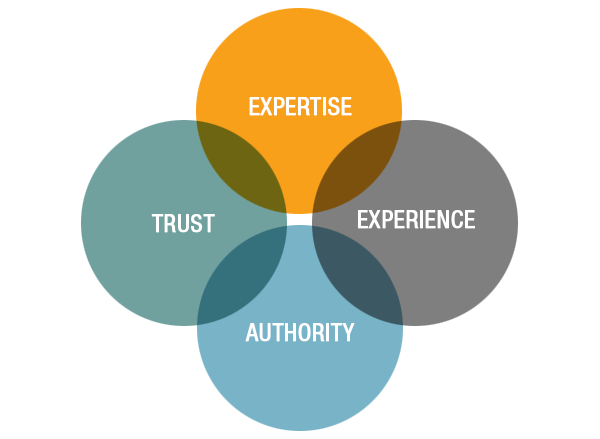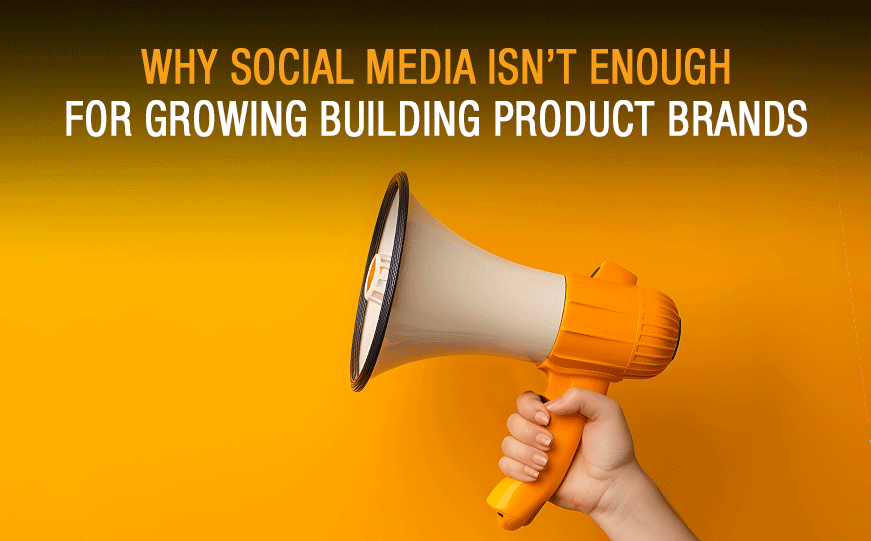For some marketers, the allure of social media is akin to the siren song in Homer’s Odyssey. It delivers effortless connection. Amplifies brand awareness with a single post. And promises to ignite audience engagement.
Powerful, yes… but never quite enough. Builder products marketers would do well to channel their inner Odysseus and resist the sirens’ enchanting melody. While social media offers a treasure trove of benefits, a truly effective brand building strategy demands a multifaceted approach. One that capitalizes on the strengths of both traditional and digital channels.
In the 2014 book Spin Sucks, Gini Dietrich describes an integrated communications strategy — the PESO model — consisting of four components:
- Paid Media: Content that is sponsored… including all forms of advertising.
- Earned Media: Content that is published by a third party… traditionally targeted to editors and reporters.
- Shared Media: Content that creates engagement and interaction… on social media platforms.
- Owned Media: Content and channels that a brand controls… including websites, blogs and email marketing.
The media landscape has changed significantly in the years since. This year, the PESO model has been revised to reflect those changes. This new PESO model is built around four pillars Dietrich calls EEAT: expertise, experience, authority and trust.

Building Trust Through Credible Sources
The installed building products industry hinges on trust. Specifiers, architects and engineers depend on reliable sources to make informed decisions… regarding the products they incorporate into projects. Traditional PR helps to establish brands as thought leaders in the channel. Earned media — through articles, press releases and features in reputable industry publications — showcases expertise and builds trust. Securing a feature with a respected editor or influencer instantly elevates a brand’s credibility in the eyes of decision-makers.
Social media, on the other hand, presents a double-edged sword… especially concerning when the platforms are used alone. It facilitates direct communication with audiences — but the lack of editorial control — allows anyone to post anything. This creates an environment where brand messaging can be misconstrued. Or lost in a sea of competing information.
PR involves engaging with key influencers, industry analysts and even social media personalities… who can lend credibility to marketing campaigns. What’s more, PR significantly contributes to SEO — by earning backlinks from high-authority sites — improving search engine rankings. And driving organic traffic.
Targeting the Right Audiences
Reaching the right decision-makers — in a sustained cadence — is key to maximizing the impact of PR efforts. Social media posts tend to have a short lifespan. Even viral content quickly fades from the public eye.
Social media platforms — while offering extensive targeting options — often produce a scattershot effect when leveraged independently. PR placements on the other hand, have a longer shelf life and continue to build brands over time.
Growing Long-Term Brands Beyond the News Cycle
The building products industry is known for complex buying journeys. Specifying a product can take months… with lengthy research and decision-making processes.
Owned Media: Websites should serve as the primary platform for content… such as white papers, case studies and blog posts. This type of narrative acts as a hub — that can be promoted through PR efforts — and shared across social media. Hosting key pieces of thought leadership content on owned platforms like eNewsletters ensures control and authority over the messaging.
Shared Media: Amplify PR successes by leveraging earned media placements, press releases and mentions on social channels… extending their reach and impact. What’s more, social media can be used for building communities. And stimulating engagement.
Paid Media: Complement PR efforts through targeted sponsored media campaigns. Allocating strategic media budgets ensures that the most important messages reach a wider, and highly relevant audience.
This combination of PR and paid media maximizes visibility — and reinforces the credibility established — through earned media. This integrated approach leverages the strengths of both PR and social media to create a more cohesive and effective communications strategy.
Building a Robust Marketing Campaign
For marketers, social media is a powerful tool that shouldn’t be ignored. However, it’s important to recognize the limitations of these platforms… and align them with the distinct strengths of traditional PR. By combining these two approaches, brands can build awareness. Foster trust. And assert leadership.
If you’re interested to learn more about how traditional PR and social media can work together for your brand, we’re here to help. Send an email to Steve at sk@kleberandassociates.com to get the conversation started.




